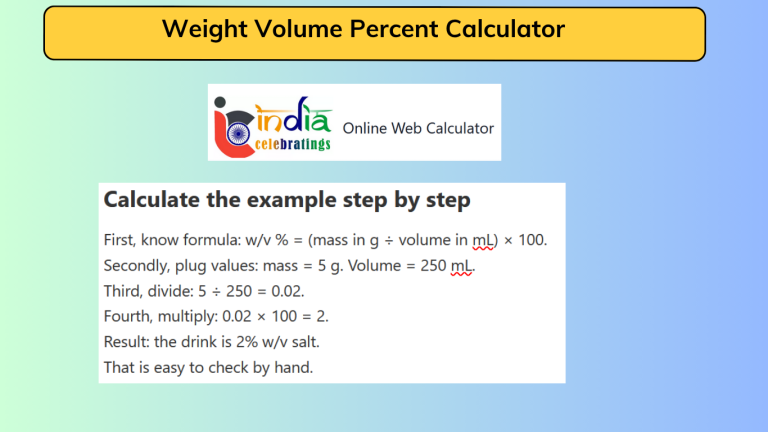Steel Weight Calculator
Imagine holding a giant steel bar in your hands and then instantly knowing how heavy it is without a scale. That idea seems almost magical. But you can get that number fast and correct. You just need the right method. We’ll walk you through how a simple Steel Weight Calculator works, and how you can use it too.
Why you should calculate steel weight before you buy or cut
You will save time, money, and effort when you calculate steel weight. For example, an engineer is teaching his team in the shop. He says: “We need a 6-meter long steel I-beam of width 200 mm and depth 300 mm. We must know how much it weighs so our crane and truck can carry it safely.”
In this moment he uses the calculator, checks the weight, and then orders the right lift gear. In that real life example you see why the calculator makes a big difference. Whether you are working on a building, a fence, a frame, or a beam, you will want to know the steel weight so you can plan well.
Step-by-step: how to calculate the weight for our example
- First, know the formula. For solid steel:
Weight = Volume × Density - Secondly, find the volume. Our beam: length 6 m, width 0.2 m, depth 0.3 m. So volume = 6 × 0.2 × 0.3 = 0.36 m³.
- Thirdly, pick density. Steel density is about 7850 kg/m³.
- Fourthly, multiply. Weight = 0.36 × 7850 = 2826 kg.
So the steel beam weighs about 2826 kilograms. The instructor tells his team: “Round up to 2.9 tons so we pick strong enough rig.” That gives you a clear number before you lift.
FAQs
Q1: Can I use this method for hollow steel tubes?
Yes. You must subtract the inner volume from the outer volume, then multiply by density. That gives weight of the shell.
Q2: Does steel grade change the density?
Not much. Most common structural steels have density very close to 7850 kg/m³, so you can use that standard value.
Q3: Why do I need weight before cutting steel?
Knowing weight helps you pick the right crane, truck, supports, and avoid safety or cost issues on site.
Tip:
If you don’t have a calculator handy, you can estimate by multiplying length (in meters) × cross-sectional area (in square meters) × 7850. But the calculator always ensures you reduce errors and avoid surprises.


